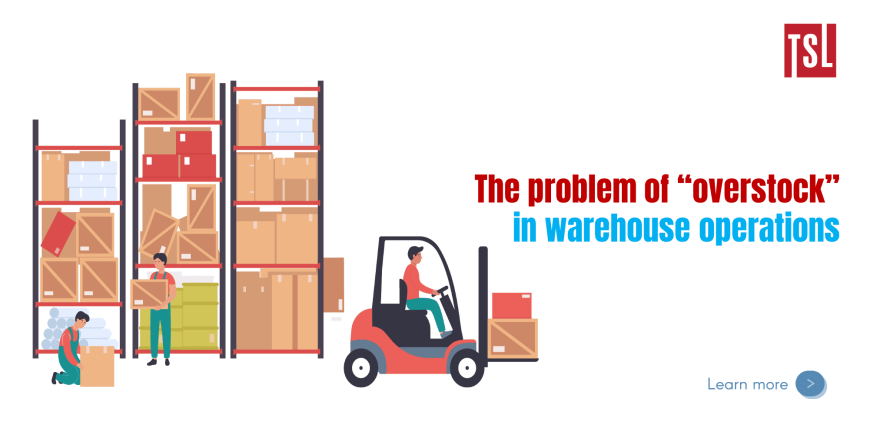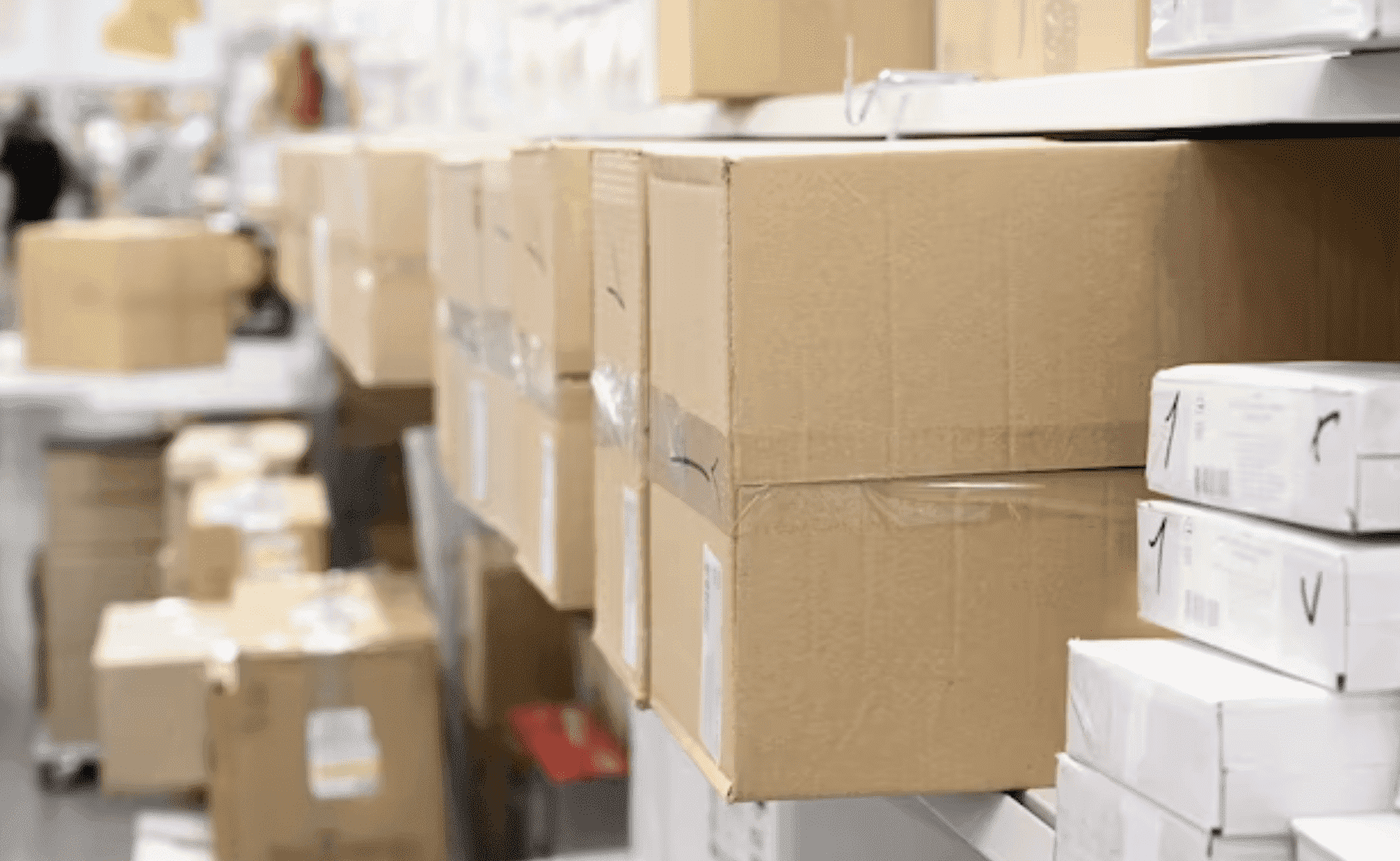The problem of “overstock” in warehouse operations
Over the past three years, retailers have been wrestling with product shortages and increasingly painful out-of-stock issues. More recently, however, in the face of inflation, they’ve been struggling with overstocks, made worse by soaring food prices and tight financial times.
What is “Overstock”?
Unlike “out of stock” where goods are not available for immediate sale or use, “overstock” is understood as excess and excessive inventory.
“Overstock” in warehouse operations and solution
According to the most recent Consumer Price Index from the Bureau of Labor Statistics, food prices increased last month in nearly every grocery category. The U.S. Department of Agriculture said food prices are expected to increase by nearly 9% this year, well above the decades-long historical average.
Retailers need to prepare for excess inventory, and the result could be dramatic. Last summer, Walmart reported a 32% leap in inventory that drastically slowed the supply chain and left some stores with the dreaded image of boxes piled high in corners.
From the national brand side, in its recent quarterly report, Mondelez International executives said inflation is continuing to increase food prices in the U.S. and Europe, giving rise to concerns about how consumers will shop its products.
This is all to say that consumers with money-saving habits could slow their buying, focusing on basic needs and not splurging. Retailers that don’t accurately understand their customers’ needs, and that fail to optimize assortments and monitor inventory, could be stuck with excess product.
To get out in front of the overstock problem, artificial intelligence and machine learning can make retailers smarter, significantly reducing overstocks and out-of-stocks. Applying automation in software solutions to solve the problem of “overstock:
Demand forecasting: Retailers can replace slower, manual processes for predicting stock and shelf planning by implementing AI-driven demand forecasting, which is also significantly more accurate than traditional statistical modelling. AI can factor in external data sources such as weather forecasts, seasonal increases on items and any contextual data that highlights unusual outliers or activities that could impact demand and, therefore, inventory planning. Machine learning can rapidly discover what shoppers are buying to save money, such as pack sizes and value brands, greatly increasing visibility for the retailer.
Allocation insight: A fully connected, automated supply chain can also reveal insights into allocation, which is an imperative for overstock issues. The connected system doesn’t work in silos but instead manages a product’s entire lifecycle, whether a product is inbound to stores or outbound to a distribution center. Teams can make decisions all along the way, such as altering the flow of products from one or several locations. Retailers can also gain visibility on a store-by-store basis, enabling direct-store delivery, as well as movements back to a distribution center and supplier.
Replenishment planning: Mitigating the possibility of too much versus not enough product is a constant balance for retailers, especially when it comes to fresh and prepared foods. Automated supply chains provide retailers insight into weighted inventory coming to store kitchens, which can impact recipe plans. What’s more, food retailers are dealing with hundreds of suppliers, and working off legacy-based systems can cause gaps in fresh food product visibility. In the end, food retailers that aren’t monitoring product orders close enough will be wasting food and dollars.
An efficient inventory management solution – Blue Yonder WMS
Warehouse management is a real-time distribution center management solution based on comprehensive SaaS. The solution cleverly addresses supply chain interruptions, creating a competitive advantage for the business. The solution is applied technology to optimize tasks, ensuring every aspect of the goods’ movement is implemented in the best way.
It is a comprehensive, mobile-ready solution for inventory distribution and management, including labor management, yard management, domestic operations, inventory management, single processing: operations, external activities, third-party logistics operations, and business analytics. The warehouse management system of Blue Yonder helps businesses scientifically arrange warehouses to help find, transport, import, and export goods faster, saving time, and workforce.
*Source: www.supplychainbrain.com









